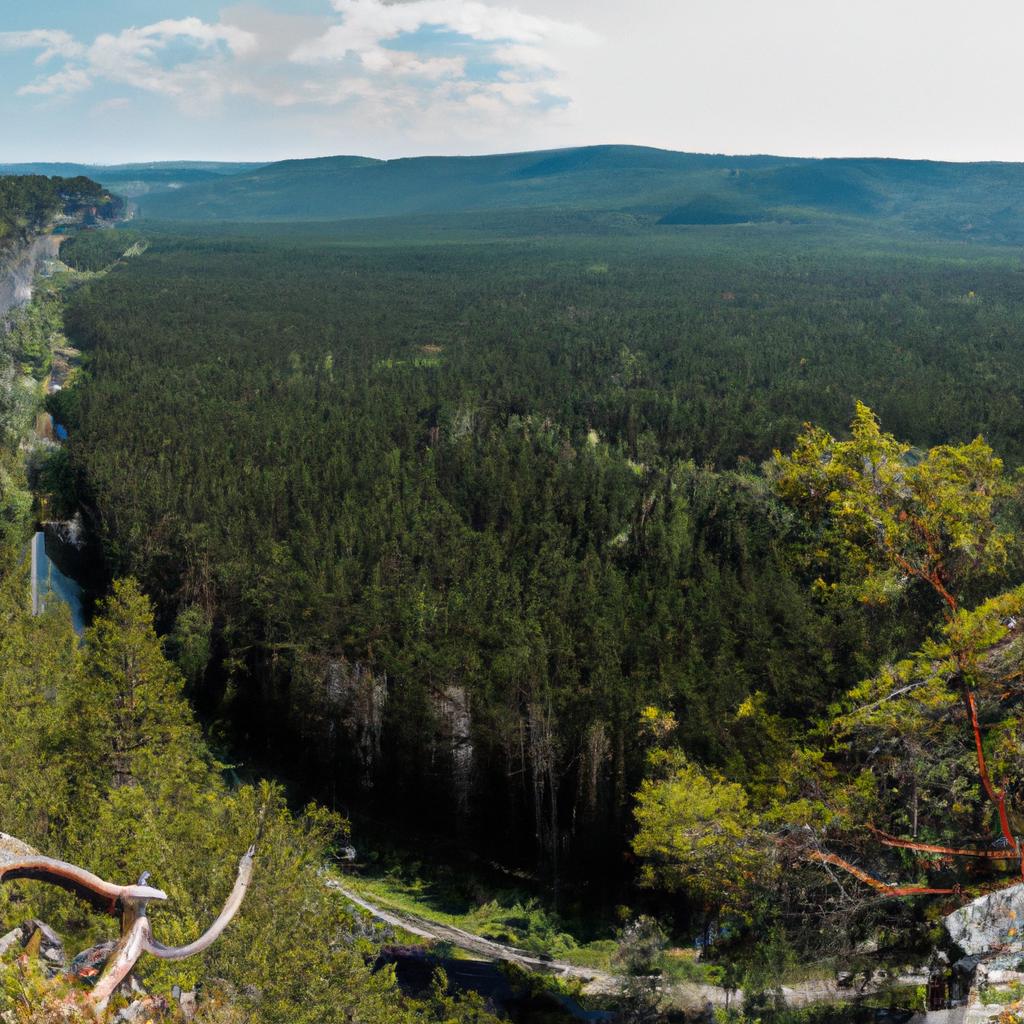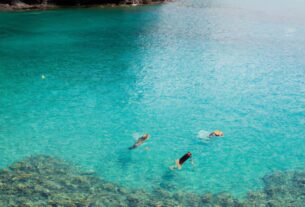The Urals region of Russia is a captivating destination that offers a blend of history, culture, and breathtaking natural landscapes. Situated between Europe and Asia, it has played a vital role in Russia’s economy and history. With its vast mineral reserves and prosperous industrial centers, the Urals region has become one of the most prosperous regions in the country. Whether you are an adventurer, a history enthusiast, or a nature lover, the Urals has something to offer to everyone.
Geographical Location of Urals, Russia
The Urals region stretches over 2,500 kilometers from the Arctic Ocean to the steppes of Kazakhstan, separating the European and Asian continents and dividing Russia into two distinct parts. With an area of 809,000 square kilometers, it is one of the largest regions in Russia. The region is home to 12 million people, with Yekaterinburg as its capital.
Overview of the Urals Region
The Urals region is situated in the central part of Russia and includes the Ural Mountains and adjacent territories. Bounded by the Arctic Ocean to the north, the Caspian Sea to the south, and the Ural River to the west, the eastern boundaries are undefined, sometimes considered part of Siberia. The Ural Mountains dominate the region, extending over 2,500 kilometers from the Arctic Ocean to the Kazakhstan border. These mountains are rich in minerals, including iron, copper, and gold, making the Urals region a significant source of wealth for Russia. The region is also blessed with several rivers, such as the Ob, Irtysh, and Tobol rivers. The Urals region boasts natural landmarks like Taganay National Park, Ural Mountains, and the Iremel Mountain, attracting tourists from all over the world.
History of the Urals, Russia
The history of the Urals region dates back to ancient times when indigenous groups first settled in the area. The Mansi and Khanty people were followed by the Tatars and Bashkirs, who lived as hunters, fishermen, and nomads for generations.
In the 16th century, Russia began expanding eastward, and the Urals region became a crucial area for the country’s expansion. The Russian Empire established control over the region, making it a center for mining and metallurgy. The mining industry fueled Russia’s economy, leading to the rapid growth of cities in the region.
The 19th century witnessed industrialization in the Urals, with significant growth in iron and steel production. Yekaterinburg and Chelyabinsk emerged as major industrial centers. During World War II, the Urals played a crucial role in the Soviet Union’s victory, as factories and industries were relocated to the region to avoid the German invasion.
Cultural and social factors have continuously influenced the Urals region throughout its history. Located at the crossroads of Europe and Asia, it has become a melting pot of different cultures. Today, the Urals remains a center for industry and culture, with a rich heritage passed down through generations.
Economy of the Urals, Russia
The Urals region is renowned for its abundant natural resources, which have propelled its economy for centuries. With vast reserves of oil, natural gas, and minerals like iron, copper, and gold, the region has become one of Russia’s most prosperous areas.
Natural Resources and Industries
Mining, metallurgy, and machine building are among the major industries in the Urals region. Its mineral reserves have played a crucial role in the growth of these industries, which form the backbone of the Urals economy. Mining and metallurgy are essential for producing steel, aluminum, and other metals.
Major Economic Sectors
Aside from mining and metallurgy, the Urals region boasts a thriving agricultural sector. Its vast farmlands and abundant water resources support the cultivation of wheat, barley, and other crops exported to various parts of Russia and beyond. The region’s transportation and logistics sector also contribute significantly to the economy, with well-connected highways and railways linking it to the rest of Russia.
Investment and Business Opportunities
The Urals region offers a wide range of investment and business opportunities. Its natural resources, skilled workforce, and strategic location make it an attractive destination for investors and businesses seeking expansion. Special economic zones provide tax incentives and other advantages to businesses.
Challenges and Future Prospects
The Urals region faces challenges such as declining population and an aging workforce. However, the government is taking steps to address these issues by attracting youth and promoting economic growth. Ongoing infrastructure projects and a growing focus on innovation and technology hold promise for the region’s future.
Tourism in the Urals, Russia
The Urals region of Russia is renowned not only for its industrial prowess but also for its natural beauty and rich cultural heritage. It offers several tourist attractions and destinations, ranging from enchanting landscapes to historical sites.
Tourist Attractions and Destinations
Lake Baikal, the largest freshwater lake globally, mesmerizes visitors with its stunning views of mountains and forests. The Ural Mountains are another popular destination, housing ski resorts and unique geological formations like Taganay National Park and the Seven Strong Men Rock Formations.
Adventure and Outdoor Activities
Adventure seekers can enjoy hiking, skiing, and ice skating in the Urals region. The area is also famous for its hot springs with therapeutic properties, offering relaxation and rejuvenation.
Cultural and Historical Sites
The Urals region has a rich history and culture, evident in its museums and historical sites. The Perm Museum of Contemporary Art showcases modern art from Russia and around the world, while the Yekaterinburg History Museum presents the city’s cultural heritage.
Accommodation and Transportation Options
Visitors to the Urals can choose from budget-friendly hostels to luxury hotels. The region is well-connected by air, road, and rail, with domestic and international flights operating to and from the region. The Trans-Siberian Railway, passing through the Urals, offers one of the world’s most scenic train journeys, providing breathtaking views of the landscapes.
In conclusion, the Urals region of Russia is a captivating destination that combines history, culture, and natural beauty. From its early settlements to its industrialization, the region has played a significant role in shaping Russia’s economy and history.
Today, the Urals region continues to thrive, attracting tourists and investors alike. With its diverse natural landscapes, cultural sites, and economic opportunities, it offers something for everyone.
So, if you are planning your next vacation or seeking investment opportunities, consider the enchanting Urals Russia. It will leave you enchanted, craving more.
Thank you for taking the time to explore the Urals with TooLacks. If you have any questions or comments, please feel free to share them in the comments section below.
Citations and Relevant Hyperlinks:



